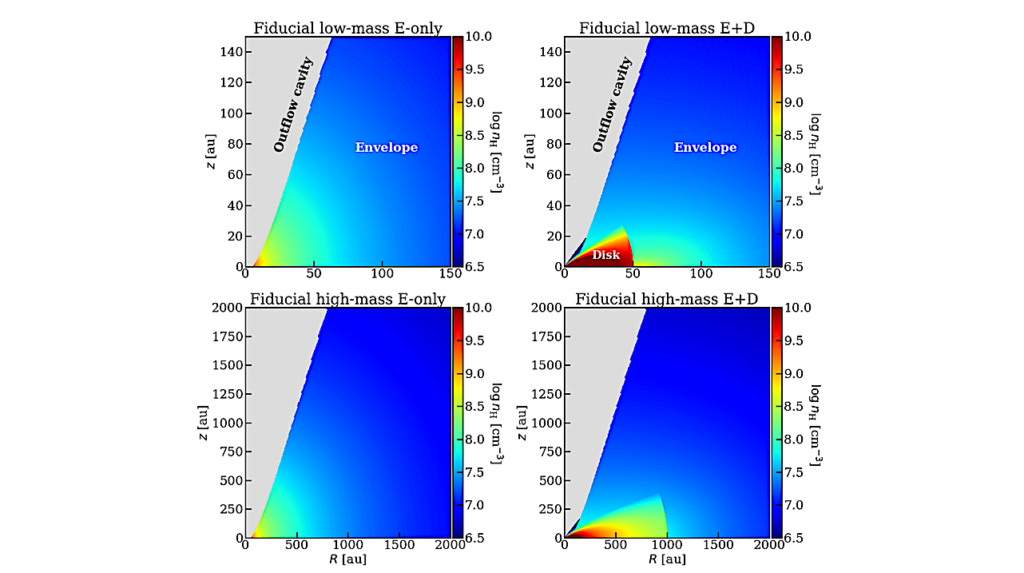Is There Any Linkage Between Interstellar Aldehyde And Alcohol?

It is speculated that there might be some linkage between interstellar aldehydes and their corresponding alcohols. Here, an observational study and astrochemical modeling are coupled together to illustrate the connection between them.
The ALMA Cycle 4 data of a hot molecular core, G10.47+0.03 is utilized for this study. Various aldehydes (acetaldehyde, propanal, and glycolaldehyde), alcohols (methanol and ethylene glycol), and a ketone (acetone) are identified in this source. The excitation temperatures and the column densities of these species were derived via the rotation diagram method assuming LTE conditions. An extensive investigation is carried out to understand the formation of these species. Six pairs of aldehyde-alcohol: i) methanal and methanol; ii) ethanal and ethanol; iii) propanal and 1-propanol; iv) propenal and allyl alcohol; v) propynal and propargyl alcohol; vi) glycolaldehyde and ethylene glycol; vii) along with one pair of ketone-alcohol (acetone and isopropanol) and viii) ketene-alcohol (ethenone and vinyl alcohol) are considered for this study. Two successive hydrogenation reactions in the ice phase are examined to form these alcohols from aldehydes, ketone, and ketene, respectively.
Quantum chemical methods are extensively executed to review the ice phase formation route and the kinetics of these species. Based on the obtained kinetic data, astrochemical modeling is employed to derive the abundances of these aldehydes, alcohols, ketone, and ketene in this source. It is seen that our model could successfully explain the observed abundances of various species in this hot molecular core.
Suman Kumar Mondal, Prasanta Gorai, Milan Sil, Rana Ghosh, Emmanuel E. Etim, Sandip K Chakrabarti, Takashi Shimonishi, Naoki Nakatani, Kenji Furuya, Jonathan C. Tan, Ankan Das
Comments: 34 pages, 11 figures, Accepted for the publication in the Astrophysical Journal
Subjects: Astrophysics of Galaxies (astro-ph.GA)
Cite as: arXiv:2108.06240 [astro-ph.GA] (or arXiv:2108.06240v1 [astro-ph.GA] for this version)
Submission history
From: Ankan Das [view email]
[v1] Fri, 13 Aug 2021 13:43:47 UTC (6,061 KB)
https://arxiv.org/abs/2108.06240
Astrobiology, Astrochemistry,








